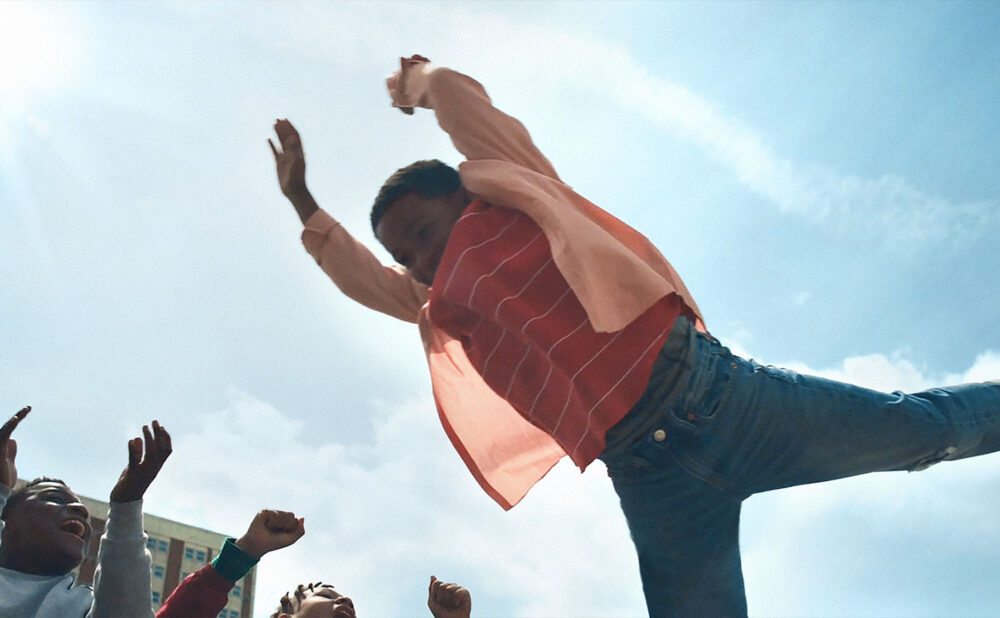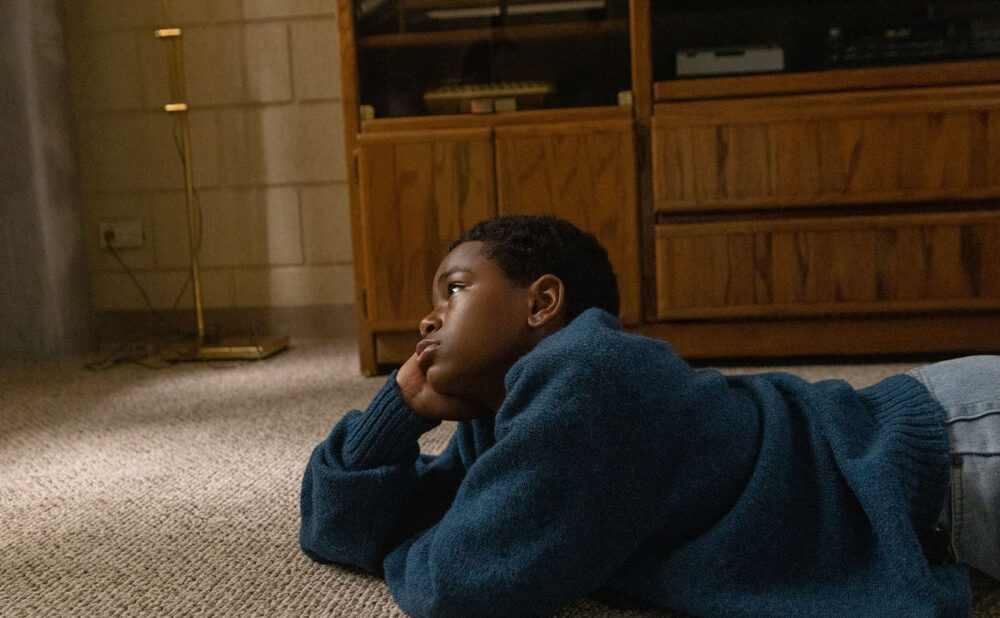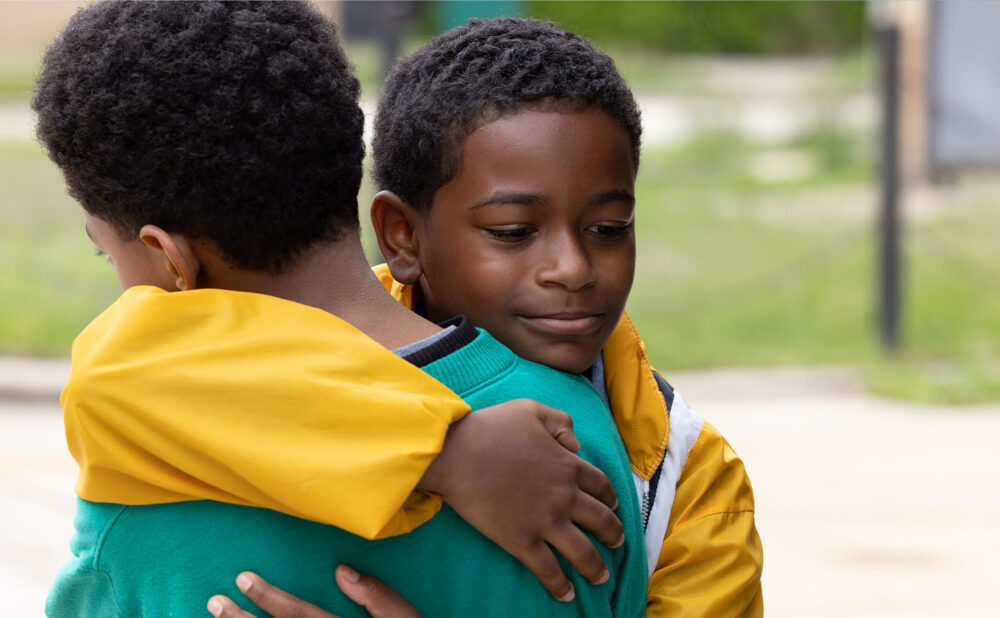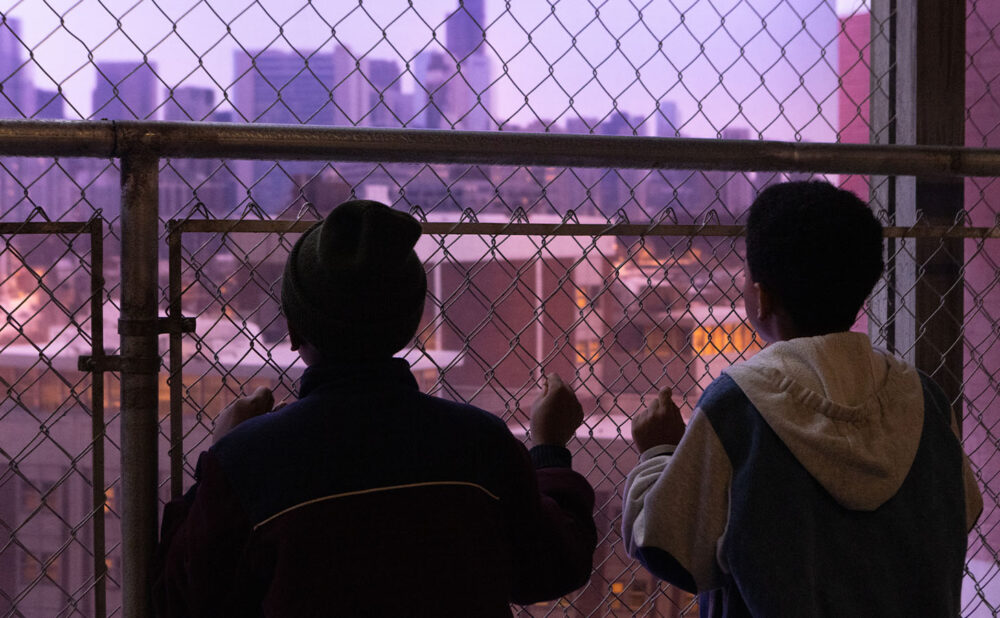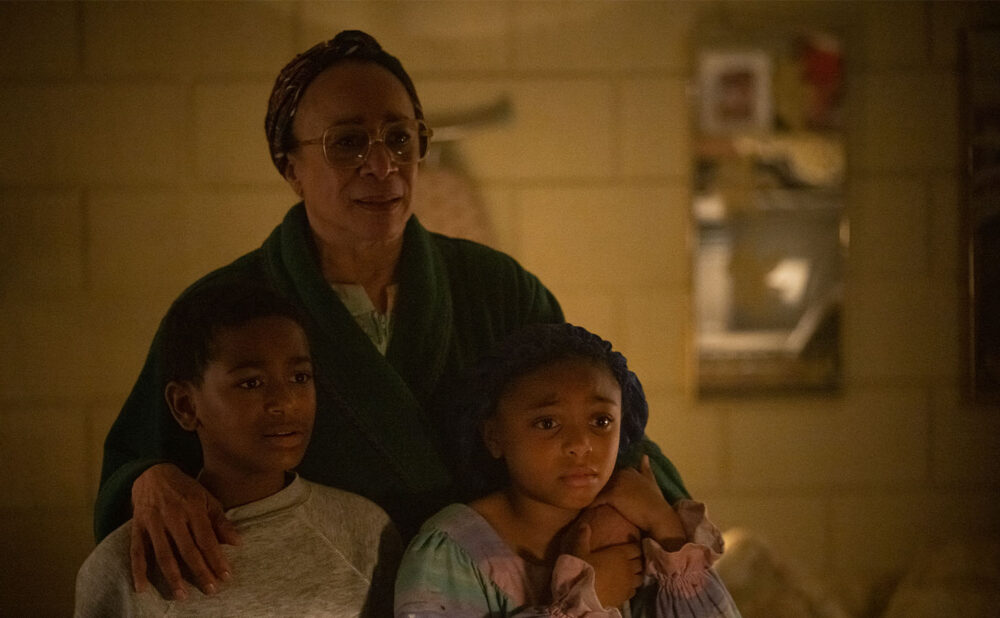Review: ‘We Grown Now’ offers insightful look inside dismissed neighbourhood
Film shows how community is created in challenging circumstances
We Grown Now
Where: In theatres
What: Movie, 83 mins.
When: Now
Genre: Drama
Rating: NNNN (out of 5)
Why you should watch: Quietly captures the sense of community that grows in what, from the outside, can seem like the most harrowing circumstances. Set in Chicago’s notorious Cabrini-Green housing project in the ’90s.
WE GROWN NOW quietly captures the sense of community that grows in what, from the outside, can seem like the most harrowing circumstances in neighbourhoods stereotyped by race and poverty. Set in Chicago’s notorious Cabrini-Green housing project in the ’90s, in many ways, the film could be set in any underserved and stigmatized neighbourhood at which outsiders recoil in horror while kids and families call their home.
The film centres on the tale of two preteen pals and, like any film with kids at its core, rises or falls on the performance of the young stars. Fortunately, Malik (Blake Cameron James) — who lives with single Mom Dolores (Jurnee Smollett), grandmother and sister — and Eric (Gian Knight Ramirez) — who lives with his widower father Jason (Lil Rel Howery) and sister — are both played by talented young actors who manage to carry the 90 per cent of the film they appear in.
The gentle intimacy of their friendships is captured perfectly, as is their ability to disappear and find joy in their childhood world, like turning an abandoned mattress into an essential play tool, not burdened by the perceptions and judgements made about the place they call home.
This impoverished idyll is disrupted when a seven-year-old boy is killed as collateral damage in a Cabrini-Green shooting. The killing is based on the real-life shooting of Dantrell Davis in 1992 and, like in real life, in the film, the death sparked increased police presence in the project, an action that saw all residents treated with suspicion and as criminals themselves.
The boys’ single parents, both well-performed, clutch their kids a little closer after the tragedy but struggle with ongoing dread of their children’s vulnerability. The kids, meanwhile, go back to their largely self-regulated lives, the complex’s close quarters creating a compact community of “free range” children able to find fun and playthings out of the detritus that surrounds.
Growing up in Toronto’s Flemingdon Park, though I didn’t deal with the issues of race, the film’s depiction of the strong sense of community that can be created in an “at-risk” community resonated. I loved my childhood there, where masses of kids, often with single parents busy with their jobs, were left free to create strong bonds of friendship around unsupervised play in vast urban “wildernesses.” We knew our parents were financially challenged but didn’t feel poor since everyone was more or less in the same boat. Doug Ford’s current attack on Flemo’s treasured neighbourhood landmark — and employer — the Ontario Science Centre is a classic example of “outsiders” rushing to negate the value and concerns of these underappreciated communities.
As Malik quietly dreams of living somewhere his mother can have a garden, thoughts of leaving the community are tortured and, when leaving becomes a real possibility, Mailk and Eric are untethered in their pain.
First screened at TIFF last September, We Grown Now finally gets theatrical release, offering a much-needed and powerful perspective inside the real communities that exist in the neighbourhoods outsiders are quick to dismiss as worthless.

